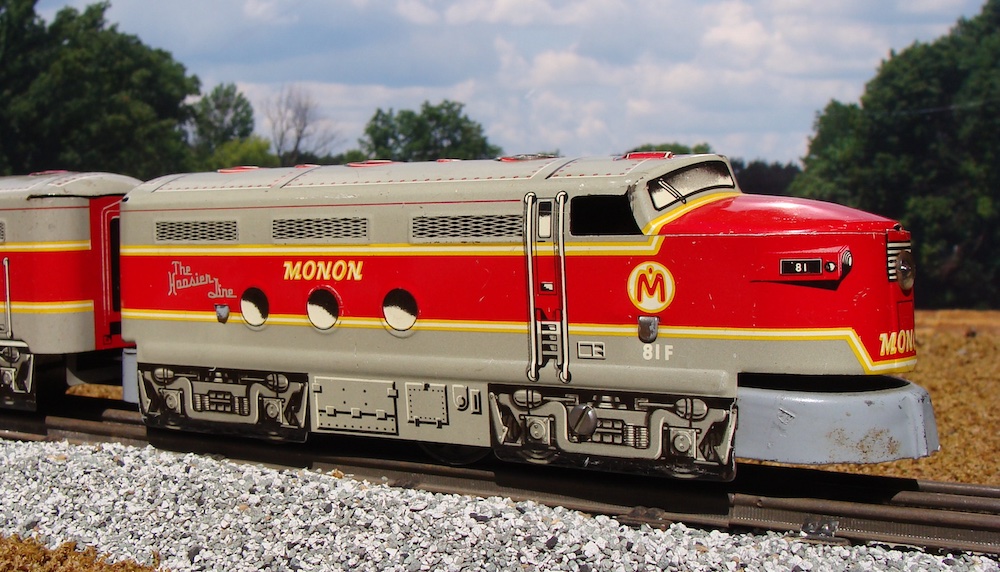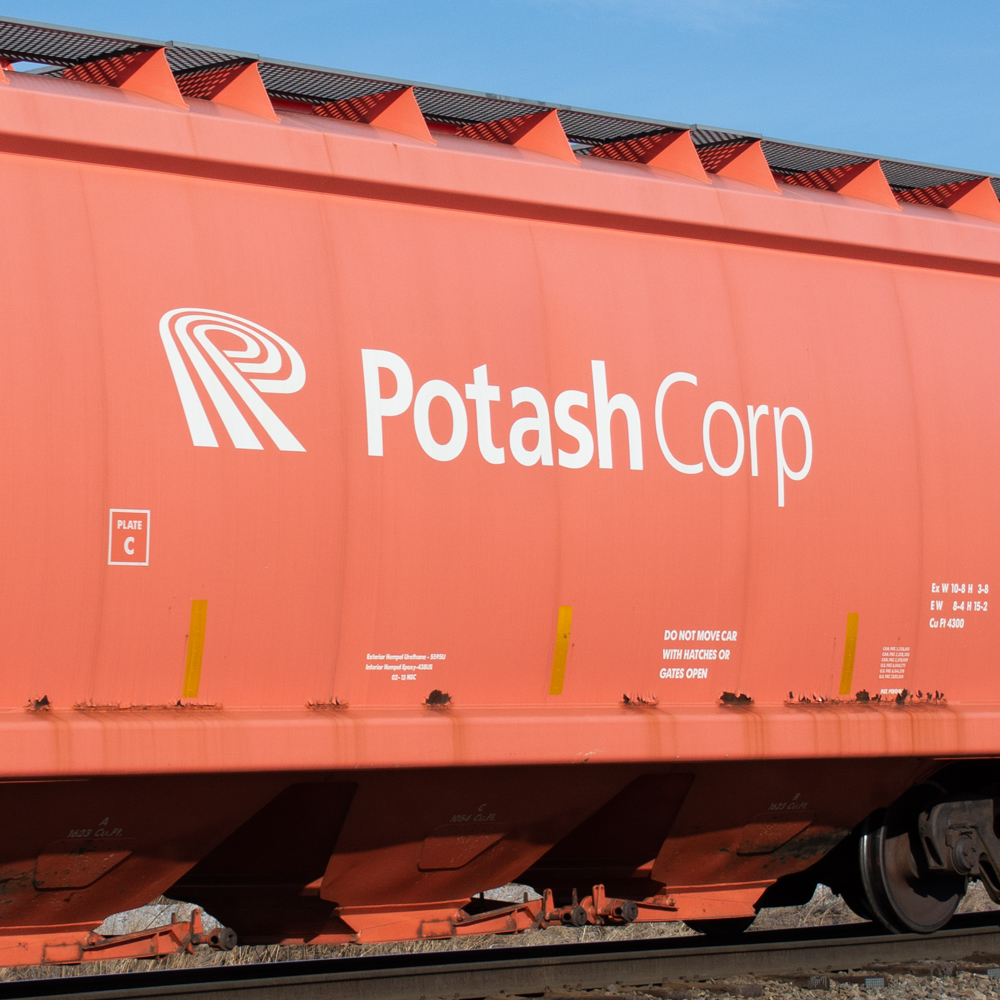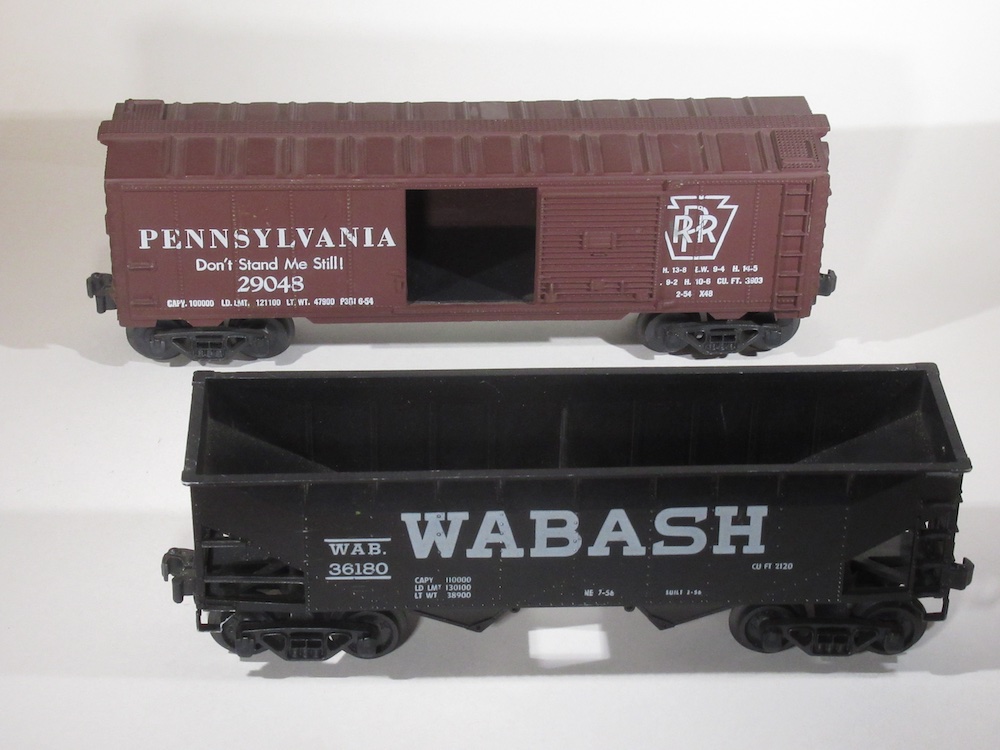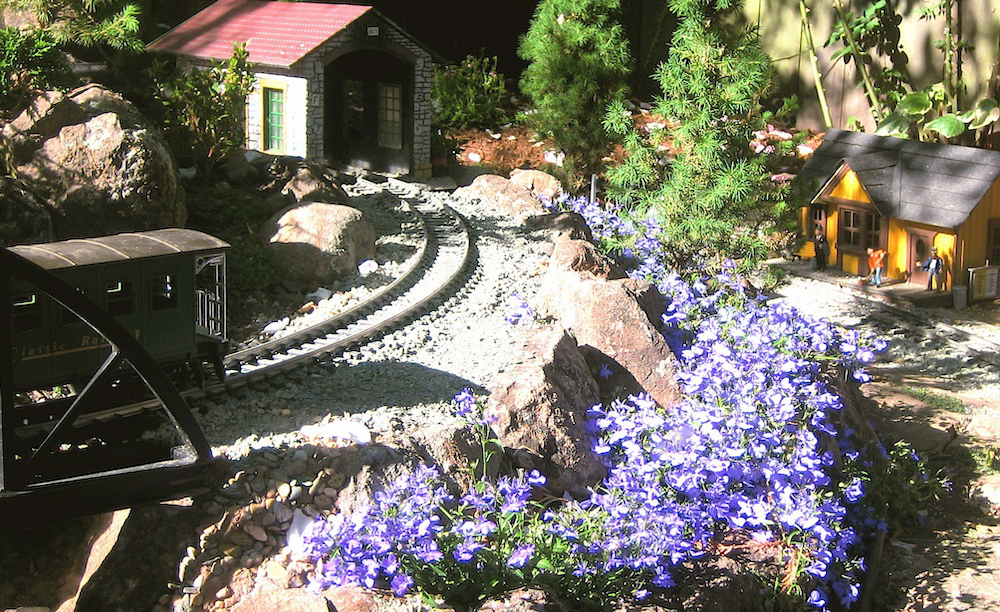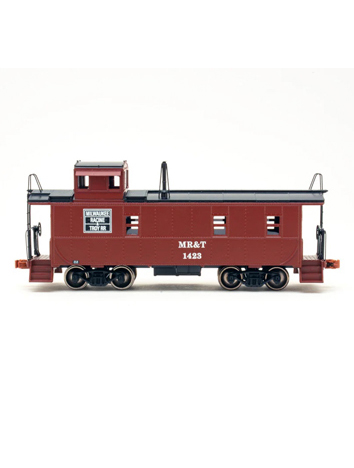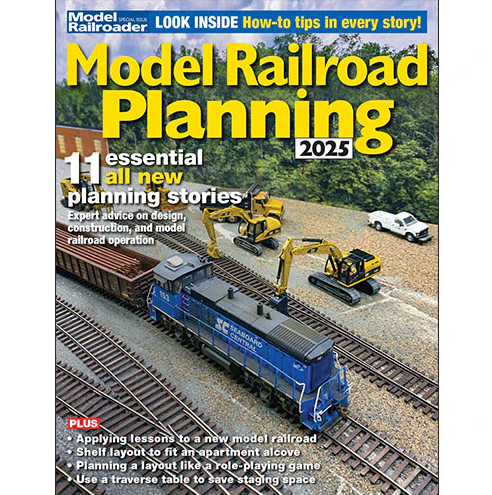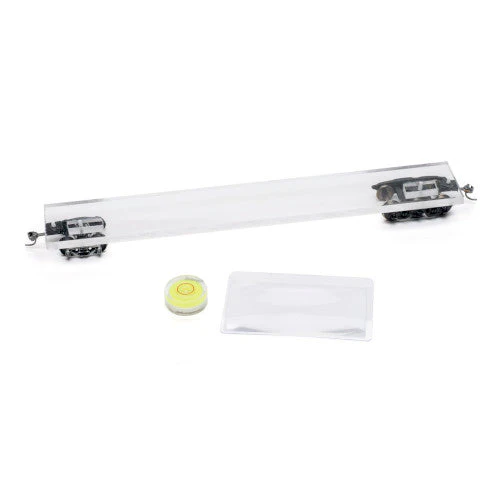Hobbyists are drawn to specific railroads for a variety of reasons. Perhaps it was the line that served their hometown. Or maybe a relative worked on the railroad. Another reason — with less sentimental attachment — is that they like the paint scheme. The colors applied to diesel locomotives and freight cars are far from random. In this article, we’ll take a closer look at railroad paint schemes.
If you’re interested in additional stories on this topic, check out “Five of the worst locomotive paint schemes” by Chris Guss and “Five locomotive paint schemes only a mother could love” by David Lustig.
Be true to your school(s)

Ideas for railroad paint schemes can come from any number of sources, including colleges and universities. Perhaps the best-known example of this is the Monon RR. Its black-and-gold scheme was inspired by the colors of Purdue University, while the red-and-white scheme borrowed from the University of Indiana’s color palette.
At startup in 1986, regional carrier Dakota, Minnesota & Eastern had a fleet of patched out former Chicago & North Western SD9s, Milwaukee Road SD10s, and Norfolk & Western GP9s. When it came time to pick a paint scheme, DM&E looked to the universities in the two states that it served. Blue honored South Dakota State University in Brookings, while the Golden Gopher Gold paid tribute to the University of Minnesota in Minneapolis.
Many railroads, one look
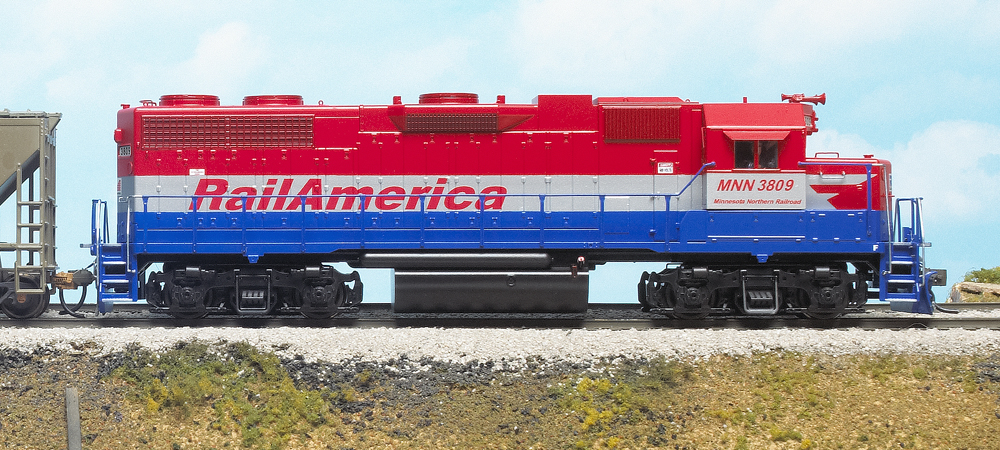
Over the years various holding companies have operated shortline and regional railroads in multiple states (and even other countries). In most instances these lines aren’t physically connected. To give the properties a family look, the locomotives wear a corporate paint scheme. A current example of this is Genesee & Wyoming. The units on the railroads it operates are painted in an eye-catching orange, black, and yellow scheme. Though the diesels all wear the same paint scheme, the herald and reporting marks are unique from railroad to railroad.
I had a front row seat to this in 1998. Diesels from RailAmerica’s four Minnesota properties — Dakota Rail, Minnesota Northern RR, Otter Tail Valley RR, St. Croix Valley RR — passed through the shops in Crookston, Minn., to receive the company’s red, silver, and blue paint scheme. The patriotic colors, of course, tied in nicely with the holding company’s name. The RailAmerica lettering was painted on the long hood, while the reporting marks, road number, and railroad name were applied to the cab sides with self-adhesive lettering.
This approach paid dividends. Shortly after repainting, some diesels from the Minnesota properties were reassigned within the state. Locomotives from Minnesota Northern (GP10s 1001 and 1002; GP38 3809) and Otter Tail Valley (GP38s 2796 and 2813) were sent north of the border to the Esquimalt & Nanaimo. Instead of having to repaint the cab sides, the old lettering was simply peeled off and replaced.
A nod to the past

“Heritage” units — locomotives painted in the schemes of predecessor railroads — have been a hot topic for railfans and model railroaders for the better part of two decades. Union Pacific got the ball rolling in 2005 and 2006 by painting six units in the liveries of merger partners from the 1980s and ’90s. Norfolk Southern upped the game in 2012, rolling out 20 units in predecessor paint schemes as part of its 30th anniversary. Not to be outdone was CSX, cranking out 21 heritage units in a program that wrapped up in late 2024. I even caught the fever, creating a heritage fleet for our HO scale Milwaukee, Racine & Troy, which you can read about in the January 2014 MR.
Perhaps somewhat less heralded are the heritage-inspired paint schemes adopted by smaller railroads throughout the country. St. Croix Valley RR, which operates on former Northern Pacific tracks in eastern Minnesota, painted all four of its locomotives in NP-inspired colors.
More recently, Regional Rail LLC had a pair of ex-Missouri Pacific Electro-Motive Division GP15-1 diesels painted in a scheme reminiscent of the Seaboard Coast Line for its Florida Central RR. The black-and-yellow paint is fitting, as the short line operates approximately 70 miles of former Seaboard Air Line and Atlantic Coast Line track between Umatilla and Orlando, Fla.
In August 2024 Athearn Trains announced its offering the Florida Central GP15-1 diesels in its HO scale Genesis Line. The models, offered with and without sound, are scheduled for release in December 2025.
It’s easy being green
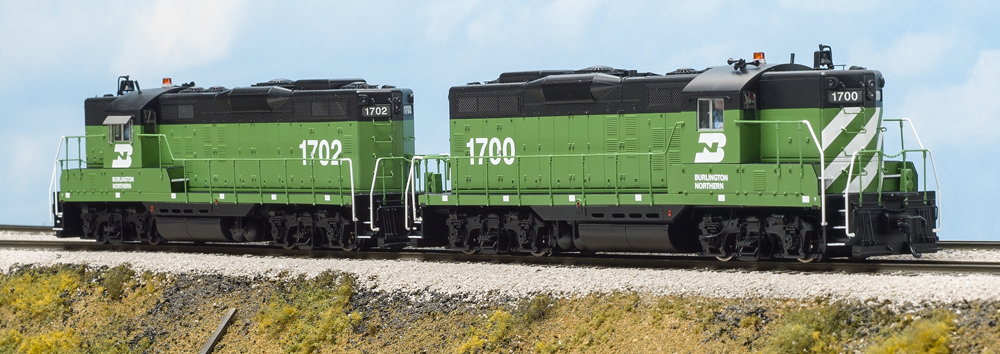
On March 2, 1970, the Chicago, Burlington & Quincy; Great Northern; Northern Pacific; and Spokane, Portland & Seattle merged to form the Burlington Northern RR. Instead of selecting one of the predecessor road’s paint schemes, the newly created railroad went with a fresh look. But why green?
In his article “Minnesota short line revives Burlington Northern’s Cascade Green” Trains magazine correspondent Steve Glischinski wrote, “The Cascade Green scheme was developed in the 1960s by the New York industrial design firm of Lippincott & Margulies. It was meant to represent the forest country of the Northwest that would be served by the new Burlington Northern, as well as the timber industry, one of the railroad’s major customers.
“The first unit to wear green was Chicago, Burlington & Quincy GP40 No. 629 in August 1968, painted in an experimental scheme with a wide white stripe along the body and narrow V-stripes on the nose. In the final version of the scheme, the white flanking strip was eliminated (except on passenger units with the stripe narrowed) while four 45-degree white stripes replaced the V-stripes on the nose. Repainting of BN’s diesel fleet began after the merger in March 1970 and was completed in September 1977.”






